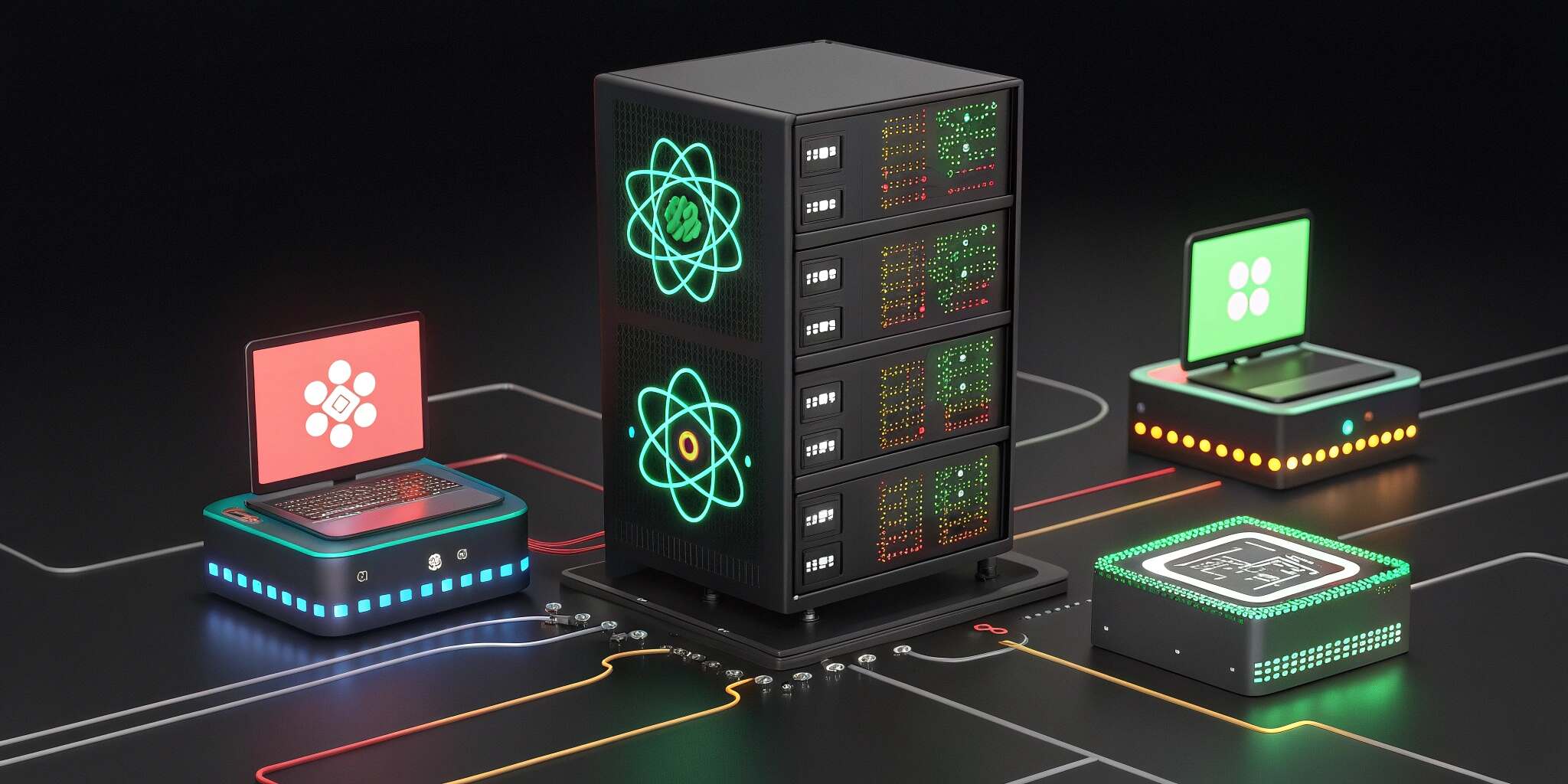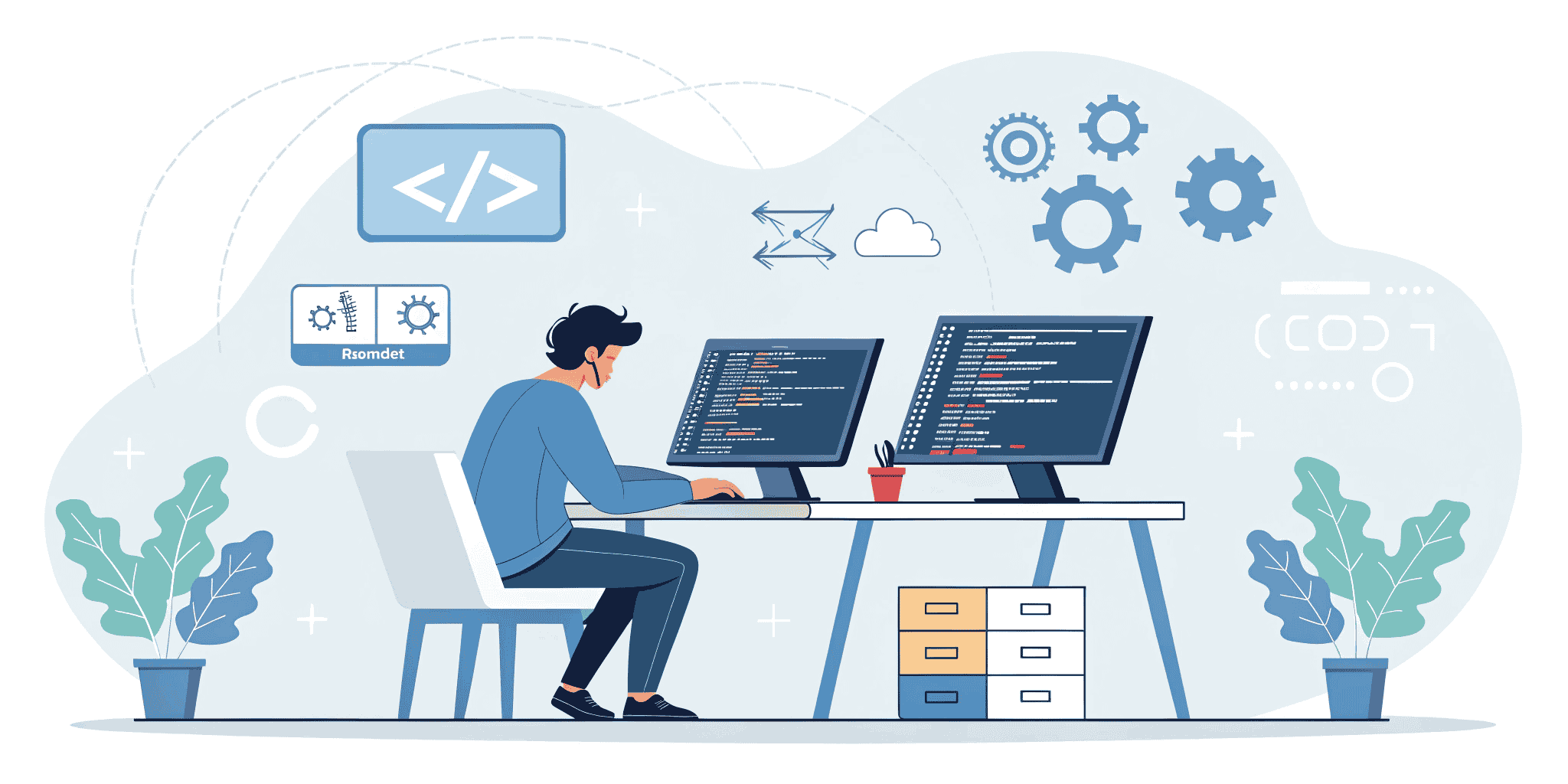The MERN stack is a popular full-stack JavaScript framework that combines MongoDB, Express, React, and Node.js. Deploying such an application involves hosting the frontend and backend on separate platforms and ensuring that the database is accessible remotely through a secure connection.
Understanding the Components
Frontend (React)
The frontend is responsible for user interface and client-side logic. It is often hosted on static web hosting platforms that deliver assets like HTML, CSS, and JavaScript directly to the browser. It must be configured to communicate with the backend using network requests.
Backend (Node and Express)
The backend handles application logic, APIs, user authentication, and integration with the database. It runs on a server environment and listens for incoming requests from the frontend. The backend must be deployed on a platform that supports long-running server processes.
Database (MongoDB)
The database stores and retrieves data used by the backend. Cloud-hosted database services like MongoDB Atlas provide scalable, globally accessible databases. The backend uses secure credentials and connection strings to communicate with the database.
Deployment Philosophy
Separation of Concerns
Frontend and backend should be treated as independent units. Each can be deployed, maintained, and scaled separately, which aligns with modern microservice principles.
Environment Configuration
Each part of the application must be aware of its environment. This involves defining runtime settings, such as API URLs or database credentials, using environment variables that differ between local and production deployments.
Networking and Communication
The frontend communicates with the backend through HTTPS requests. These must be secured, and the backend must handle cross-origin requests to allow communication from the frontend domain.
Security and Accessibility
Deployment requires a focus on access controls, including firewall rules, authentication strategies, and secret management. Public access should be restricted wherever possible, especially for backend and database services.
Performance and Scalability
Deployment platforms often offer auto-scaling, CDN support, and caching to optimize application performance. Understanding how your platform handles traffic and load can improve reliability under real-world conditions.
Conclusion
Deploying a MERN stack application involves more than just transferring files to a server. It requires an understanding of how each layer of the stack functions independently and together in a production environment. With careful configuration and strategic hosting, developers can ensure their application runs securely and efficiently at scale.


